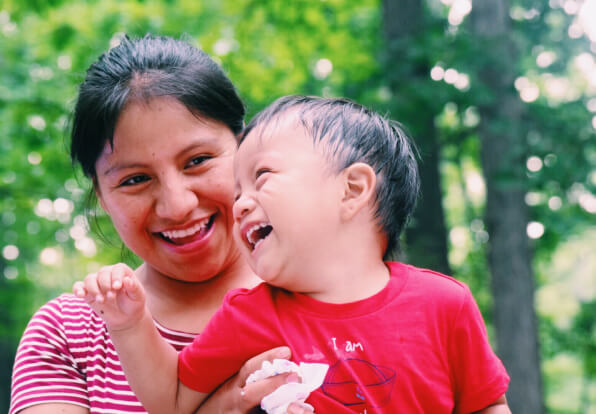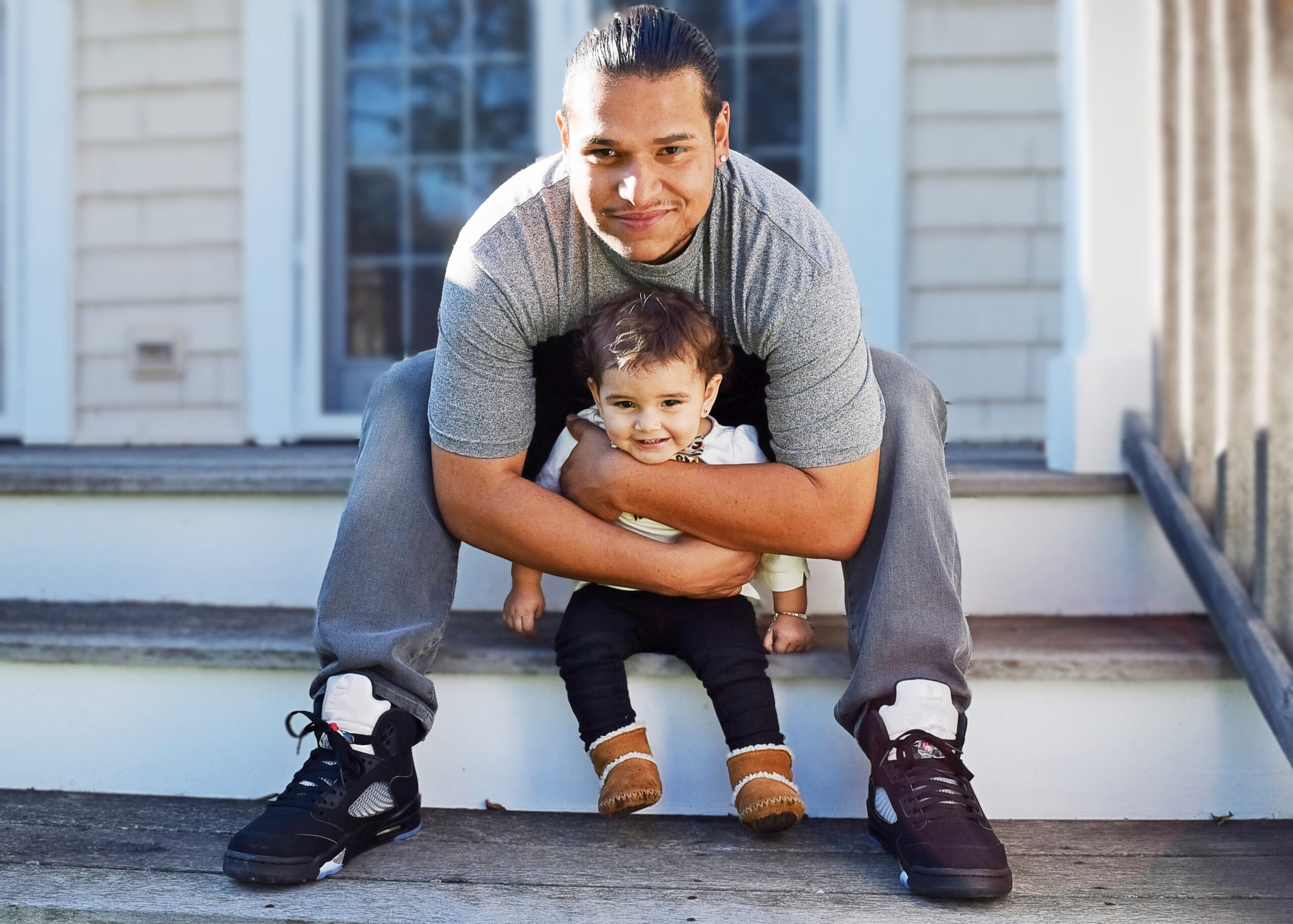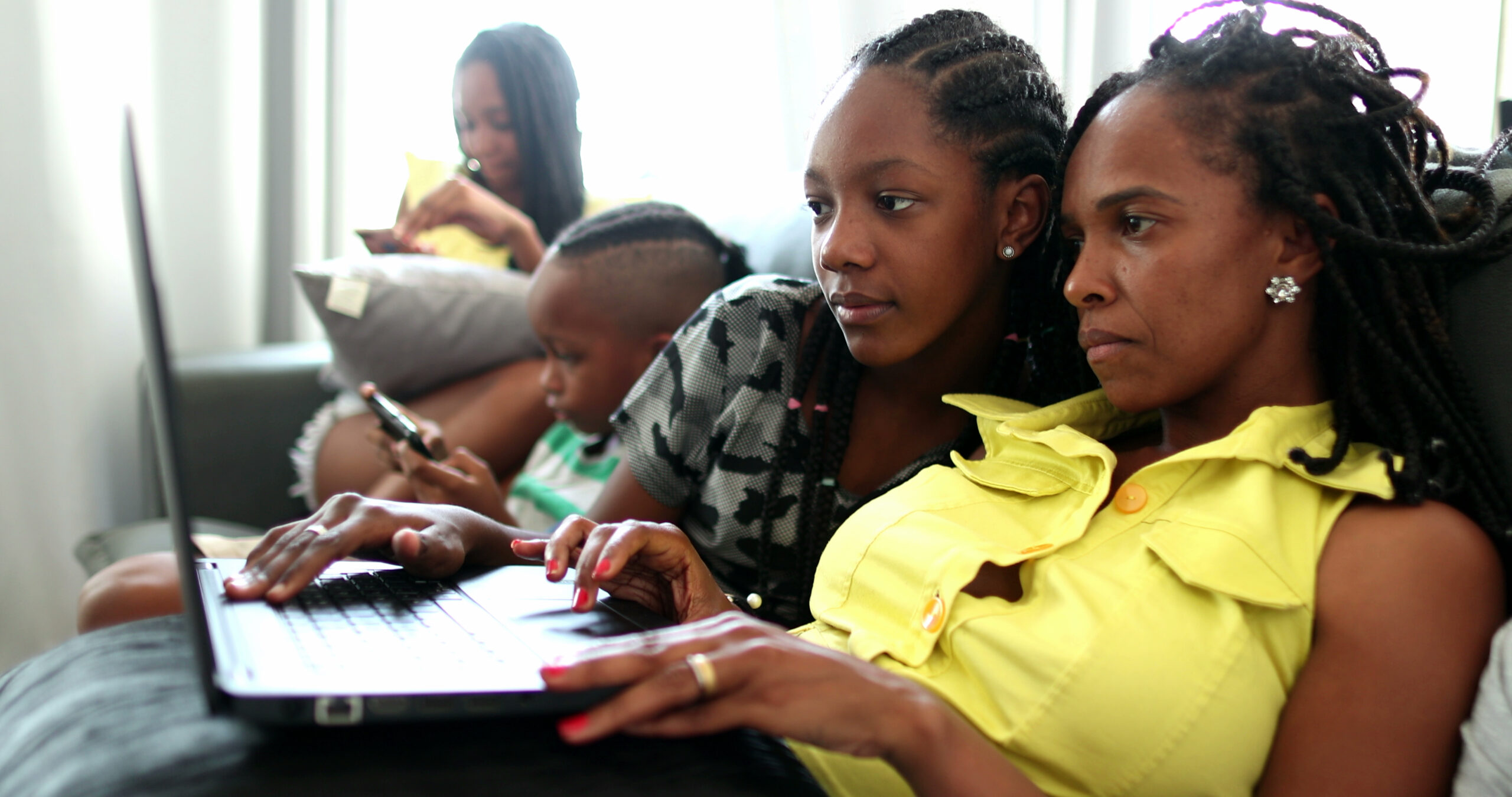
Understanding Family Court
Every year, hundreds of thousands of parents and caregivers turn to New York Family Court to handle issues integral to the well-being of their children and families, including child support, custody and visitation, paternity/parentage, guardianship, and domestic violence.
What are the hurdles litigants face in accessing justice?
Lack of legal representation—combined with a complex, overburdened, and under-resourced system—can put justice out of reach.
Our Solution:
Multilingual services and resources
Our Solution:
Free legal consultations and guidance
Our Solution:
Remote legal services and better preparation
Our Solution:
Accessible, user-friendly online tools
Our Solution:
Case preparation and advocacy
Our Solution:
Skills to effectively self-represent
Our Solution:
Advocacy and reform
600,000
The number of cases filed in NYS Family Court in an average year.
80%
of litigants come to Family Court unrepresented because they don’t qualify for a court-appointed attorney or they can’t afford to hire one on their own.
10 mins
may be all a judge has to reach a decision that can impact an entire childhood.

The Justice Gap
Despite the higher volume of cases in Family Court compared to other courts in the New York State Unified Court System, Family Court has less funding, judges, staff, and modern technology. This systemic lack of resources causes a backlog of cases and, even upon being heard, parents and caregivers are sometimes given no more than 10 minutes in front of a judge.

Who Comes to Family Court
The majority of litigants appearing in Family Court are Black and Hispanic/Latinx parents and caregivers from low-income communities. Because most litigants in Family Court are not eligible for court-appointed representation, they face extraordinary barriers to navigating the system and finding justice. And thus, the justice gap in NYS Family Court is one of many manifestations of racial and economic inequality.
